Dr. (Captain) Dilip Kumar Sinha — Pioneer of the Patna Model for Spinal Cord Injury Care
By Dinesh Anand
Dr. (Captain) Dilip Kumar Sinha is a pioneering orthopaedic surgeon from Bihar who has dedicated his life to transforming the way spinal-cord-injury (SCI) patients are treated and rehabilitated. A retired professor from the Department of Orthopaedics at Patna Medical College and Hospital (PMCH), Dr. Sinha has been treating SCI patients since 1972. His greatest contribution to the field is the Patna Model, a groundbreaking, community-based approach to rehabilitation that has been recognized by the World Health Organization (WHO) and adopted in many developing countries. Through his vision, thousands of patients have regained dignity, independence, and hope.
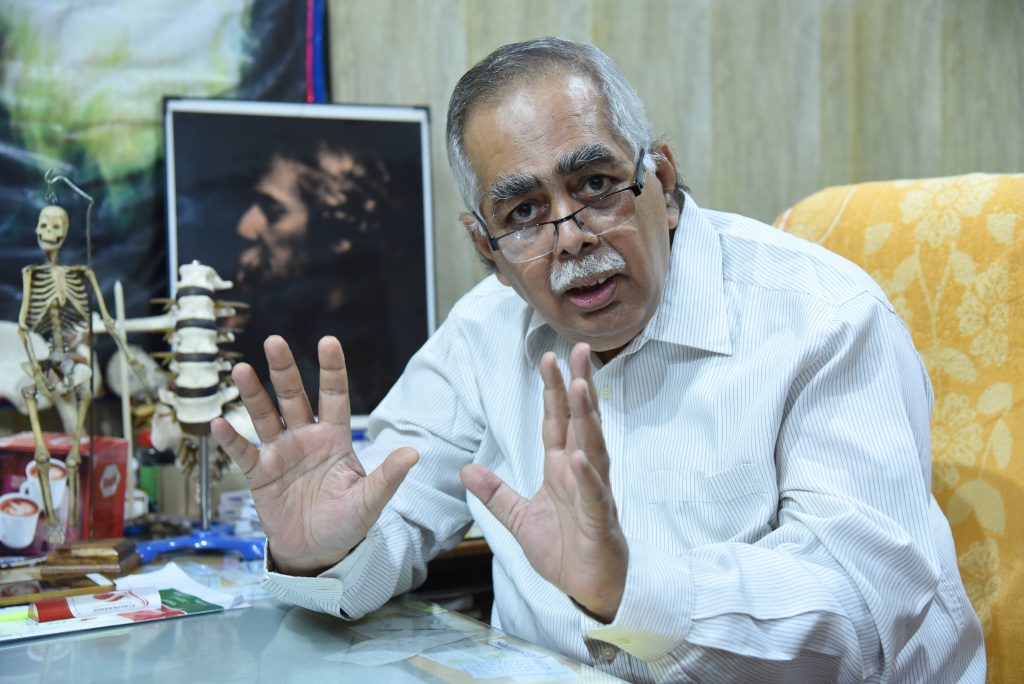
Dr. Sinha’s remarkable journey began after he graduated in medicine from Rajendra Medical College. In 1971, he joined the Indian Army, just before the outbreak of the India-Pakistan War. His first posting was with the 2 Mountain Division in Mymensingh (now in Bangladesh). During the war he witnessed the terrible impact of battlefield injuries, which strengthened his resolve to serve those who suffered catastrophic trauma. After the war, he was transferred to the Army Paraplegic Rehabilitation Centre at Kirkee, Pune — India’s first hospital dedicated to spinal-cord-injury patients.
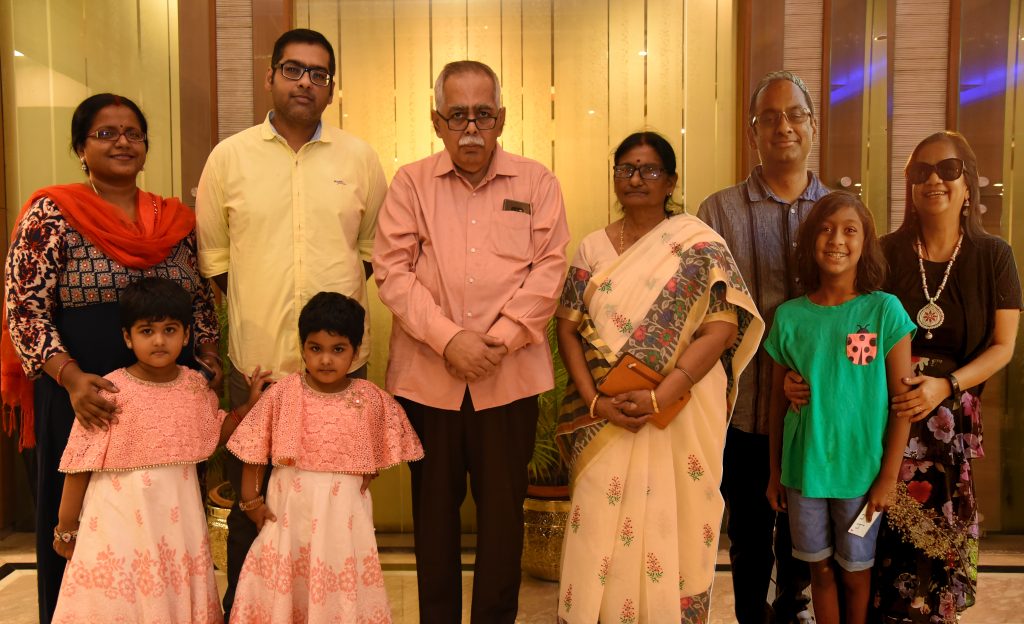
It was here that Dr. Sinha met Air Marshal Chahal, the visionary founder of the center. Air Marshal Chahal recognized Dr. Sinha’s dedication and trained him to care for SCI patients, eventually entrusting him with managing their treatment. This experience shaped Dr. Sinha’s career and sparked his lifelong commitment to this challenging field of medicine.
Following his army service, Dr. Sinha pursued higher studies, completing his M.S. (Orthopaedics), Ph.D. (Orthopaedics), and M.Ch. (Plastic Surgery). When he joined Patna Medical College as an Assistant Professor, he encountered a large number of spinal-injury patients—mostly from poor, rural backgrounds. Unfortunately, the hospital lacked staff and resources, leaving patients and families helpless.
Faced with this challenge, Dr. Sinha envisioned a specialized unit for SCI care. Initially, he struggled to convince authorities, but when Dr. (Captain) U.K. Singh became Superintendent of PMCH, he supported the vision and allocated a few vacant rooms for SCI patients—though without additional staff or facilities. Undeterred, Dr. Sinha devised a unique solution that would later gain global recognition.
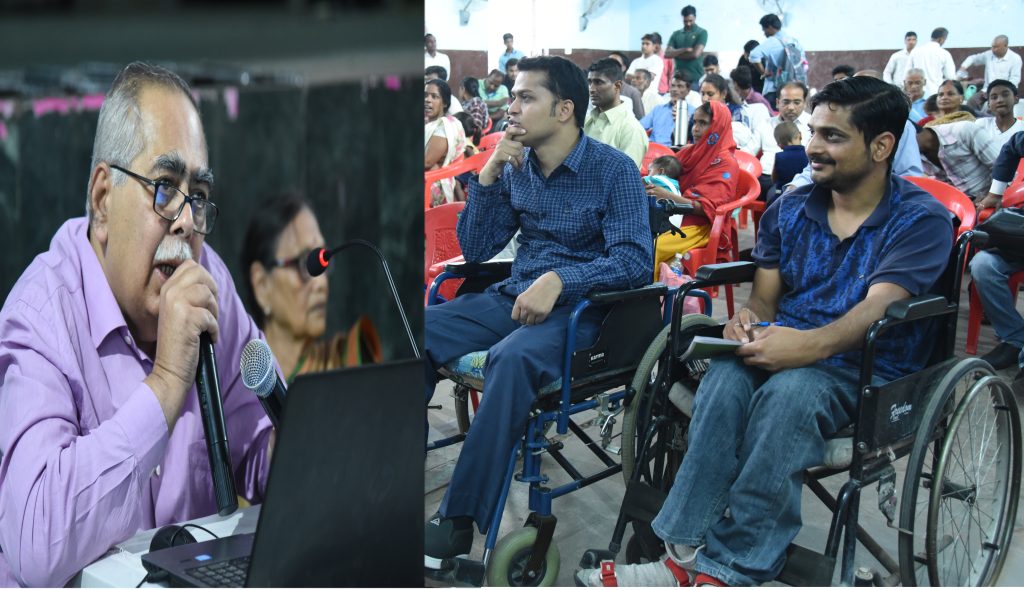
The Patna Model
This innovative model trained attendants and family members of patients to provide essential care themselves. They were taught to maintain hygiene, administer basic treatments such as IV fluids and catheters, record vital signs, and even give simple injections. The results were extraordinary: patients received personalized round-the-clock care, and the ward became cleaner, more efficient, and more compassionate. For the first time, underprivileged SCI patients were receiving quality treatment despite severe resource constraints.
As the model grew, Dr. Sinha extended it beyond the hospital. He began systematically training community members and relatives to safely transport spinal-injury victims from accident sites to hospitals using locally available resources and to provide post-hospital care in their villages. This dramatically improved recovery rates and reduced complications. Soon, patients began arriving at PMCH with trained attendants, and discharged patients returned home to supportive, knowledgeable caregivers — all achieved without extra government expenditure.
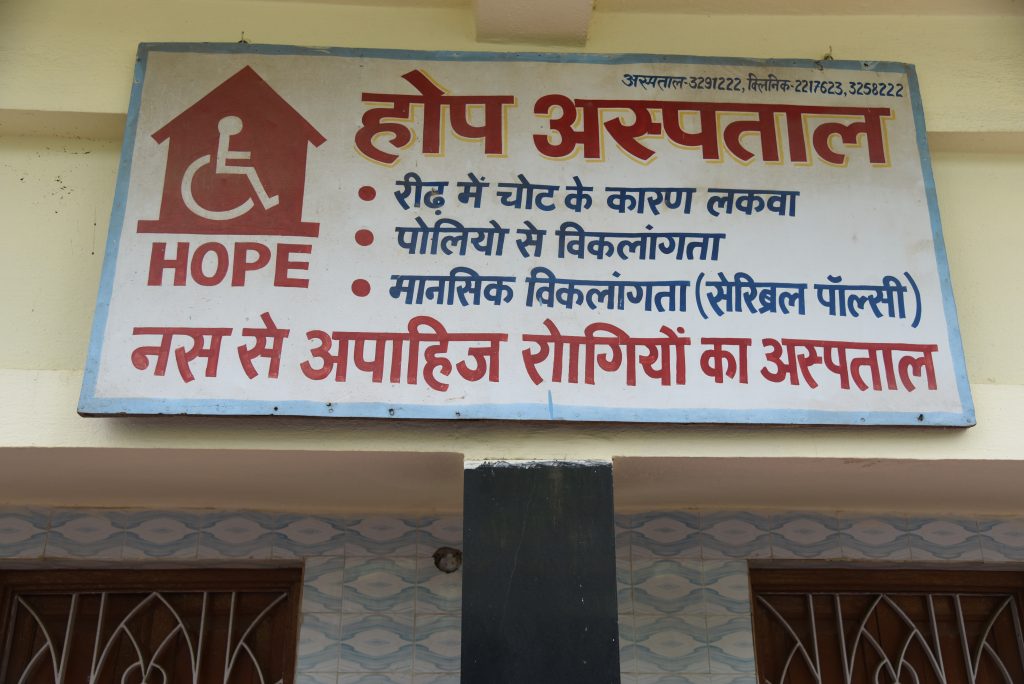
Dr. Sinha’s early team included young doctors such as Dr. Arun Kumar, Dr. Sudip Kumar, and Dr. Ravi Khandelwal. Together, they refined and expanded the Patna Model, laying the foundation for a movement that would transform SCI care.
The success of the Patna Model soon gained national and international recognition. Dr. Sinha was invited to share his work at leading centers around the world, including Stoke Mandeville Hospital (London), Boston, Perth, Kobe, and several countries across Asia such as Nepal, Thailand, Malaysia, Vietnam, and Bangladesh. The model is now followed in many developing countries, either in its original form or adapted to local needs.
In 1994, Dr. Dave, Editor of the Indian Journal of Orthopaedics, wrote:
“The training provided to the relatives of patients with spinal cord injury is like a ripple effect. Each trained person goes on to train others, and the process continues endlessly.”
And in 1997, rehabilitation specialist Dr. W.G. Ramarao praised Dr. Sinha’s innovation:
“If the credit for better management of SCI goes to T.K. Shanmugasundaram of Madras Medical College, the credit for community involvement must go to Dr. Sinha’s Patna Model.”
Hope Hospital: Turning Vision into Reality
Despite the success, dedicated SCI hospitals in India remained scarce. Seeing the urgent need for accessible care, Dr. Sinha and his family founded Hope Hospital in Mithapur, Patna, on 14 May 1998 — India’s first privately run, self-financed hospital dedicated to spinal-cord-injury patients.
His wife Dr. Krishna Sinha, Professor of Physiology, recalls that this decision was driven by a deep sense of responsibility to the state and its people. Since inception, Hope Hospital has provided quality treatment at minimal cost. According to his son Dr. Arnab Sinha and daughter-in-law Dr. Rashmi Sinha, the hospital’s success can be measured by the achievements of its patients, many of whom have competed in state, national, and international Paralympic Games—proving that life after paralysis can be full of possibilities.
An inspiring example is Sunil Kumar, who came to Hope Hospital as a patient and later became a peer counselor and manager. Today he plays a vital role in encouraging new patients, demonstrating that rehabilitation is as much about mental strength as physical healing.
With support from Dr. H.S. Chhabra, Director of the Indian Spinal Injury Centre and President of the Spinal Cord Society, Hope Hospital received recognition from the International Spinal Cord Society, cementing its place on the global map of SCI treatment.
Legacy and Leadership
Dr. Sinha’s journey is closely linked to the broader history of SCI care in India. He often speaks of pioneers such as Dr. Mary Verghese, who established the first rehabilitation unit at CMC Vellore despite being paralyzed herself, and Major H.P.S. Ahluwalia, war hero and mountaineer who founded the Indian Spinal Injury Centre after becoming paralyzed in 1965. Their stories of resilience deeply inspired him and fueled his mission.
Beyond medicine, Dr. Sinha has made major contributions to society and culture. He served as President of the Bihar Bengali Association, helped revive Bihar Herald (Bihar’s first English weekly newspaper) after 70 years, and has held roles such as Vice Chairman of the Bihar State Minority Commission, Chairman of the Bihar Bangla Academy, and President of the All India Bangla Bhasha Mancho. He also co-authored a trilingual book on Rabindranath Tagore titled “Walk Along the Timeline with Tagore.”
For his pioneering work, Dr. Sinha received numerous accolades, including a Lifetime Achievement Award (2015) at an international seminar organized by the Indian Spinal Injury Centre in New Delhi.
Today, at 72, Dr. (Captain) Dilip Kumar Sinha remains a guiding light for medical professionals and patients alike. His Patna Model has empowered communities, revolutionized care, and given thousands of families the tools to rebuild their lives. Through Hope Hospital, his vision continues to flourish, offering treatment, rehabilitation, and above all — hope.
Dr. Sinha’s story is one of courage, innovation, and compassion. From the battlefields of 1971 to the wards of Patna Medical College, from creating a globally recognized model of care to establishing a world-class hospital, his journey reflects the power of determination and service. In a world where spinal-cord injuries were once seen as untreatable, Dr. Sinha dared to dream of a different future — and made it a reality. With a spine of steel and a heart of gold, he has not only healed countless bodies but also uplifted spirits, leaving an indelible mark on the history of medicine and humanity.
“A spinal cord injury is not the end of life.
It is the beginning of a new journey, where courage and care light the way forward.
With proper treatment and community support, even the most broken spirit can rise again.
Patients can rebuild their lives with dignity, regain independence step by step,
and live each day with strength and hope.”



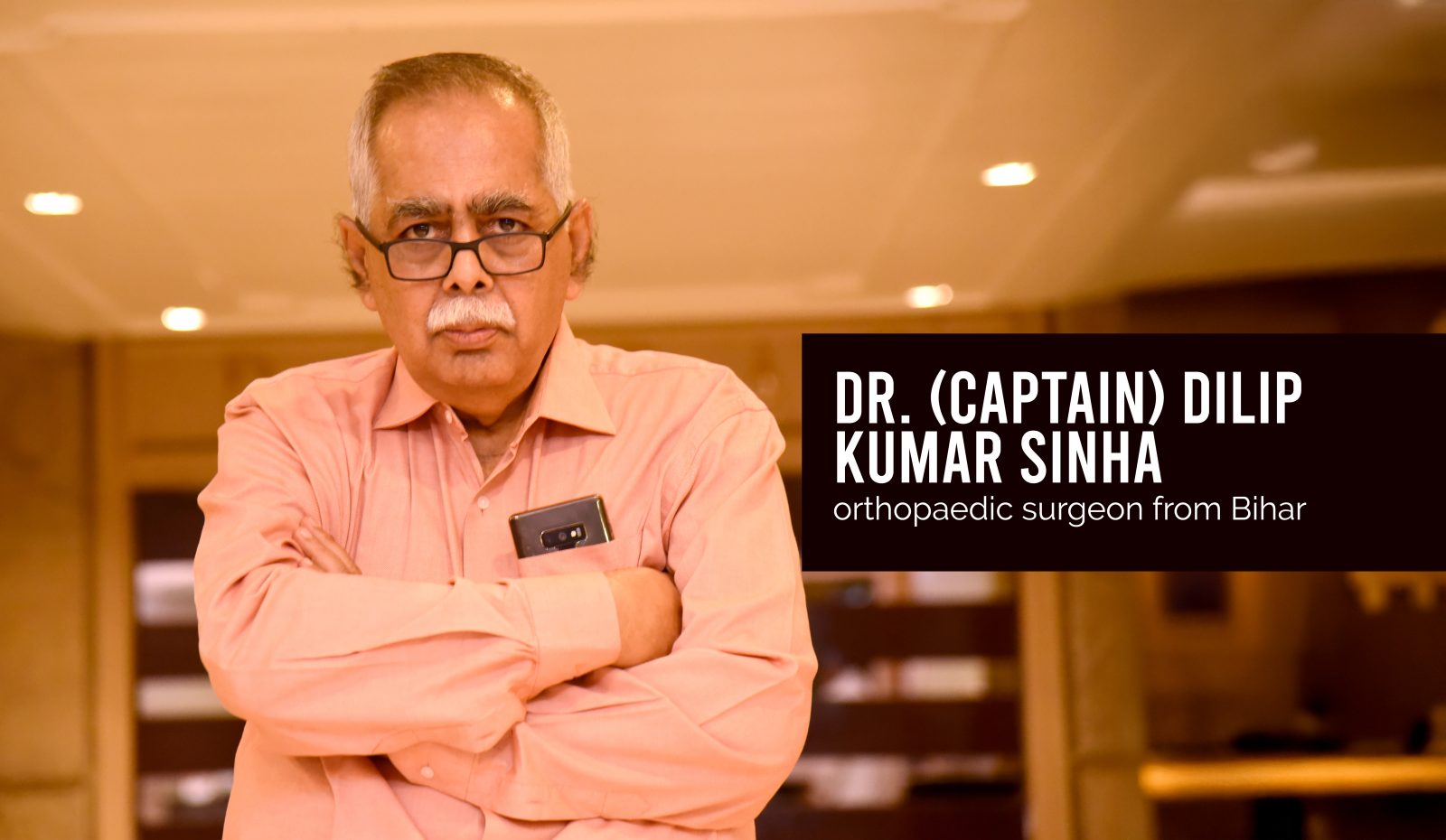



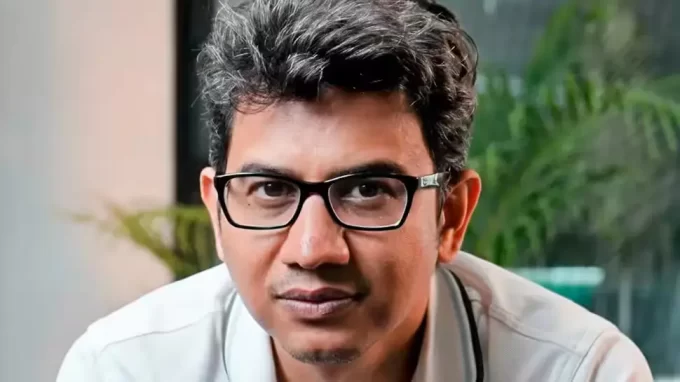
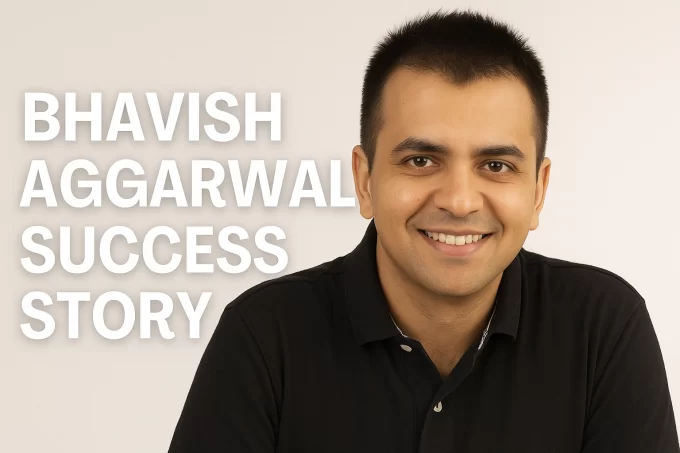

Leave a comment